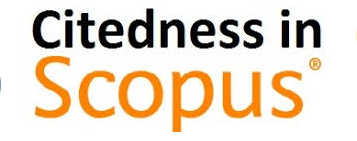Unitary, Federalized, or Decentralized?: The Case Study of Daerah Istimewa Yogyakarta as the Special Autonomous Regions in Indonesia
DOI:
https://doi.org/10.18196/iclr.1210Keywords:
Special Autonomous region, unitary state, Federal system, Decentralization, Yogyakarta, KeistimewaanAbstract
The professed constitutional unitary state claim has been highly debated. Some argue that Indonesia shall be a unitary state in name, pursuant to Article 1 Para. III of the Indonesian Constitution, but Constitutional reforms after 1998 when the autocratic President Gen. Soeharto stepped down granted broad authority to local government, leading Indonesia to a quasi-federation situation in practice. On the other hand, some stick to the aforementioned Article, insisting that decentralization embedded in the Constitution Article 18 Para. II is by no means making Indonesia federal. This article takes the Act No. 13 of 2012 on Special Region of Yogyakarta (the Daerah Istimewa Yogyakarta) granting autonomy to Daerah Istimewa Yogyakarta as a case study to argue for the latter, asserting that the case merely exemplifies the decentralization characteristic embedded in the Constitution. This paper first examines the political features of federalism through a historical legal perspective, showing that the current state system in Indonesia is decentralized but not federalized. This paper concludes that the recognition of Daerah Istimewa Yogyakarta as an autonomous region is simply a practice of constitutional decentralization. This paper also higlights that with recent political development, echoing that the decentralization theory is not a product of legal interpretation, but a constitutional and political reality.
Downloads
Additional Files
Published
Issue
Section
License
By publishing with Indonesian Comparative Law Review, authors agree to the following terms:
1. Authors retain the copyright to their work and grant Indonesian Comparative Law Review the right of first publication, while also licensing the work under a Creative Commons Attribution License (CC BY 4.0). This license permits others to share the work, provided they acknowledge the author and the initial publication in this journal.
2. Authors may enter into separate agreements for non-exclusive distribution of the published version of their work, such as posting it to an institutional repository or including it in a book, with acknowledgement of its initial publication in this journal.
3. Authors are encouraged to share their work online, for example on institutional repositories or personal websites, both before and during the submission process. This practice can lead to productive exchanges and increased citation of published work.



